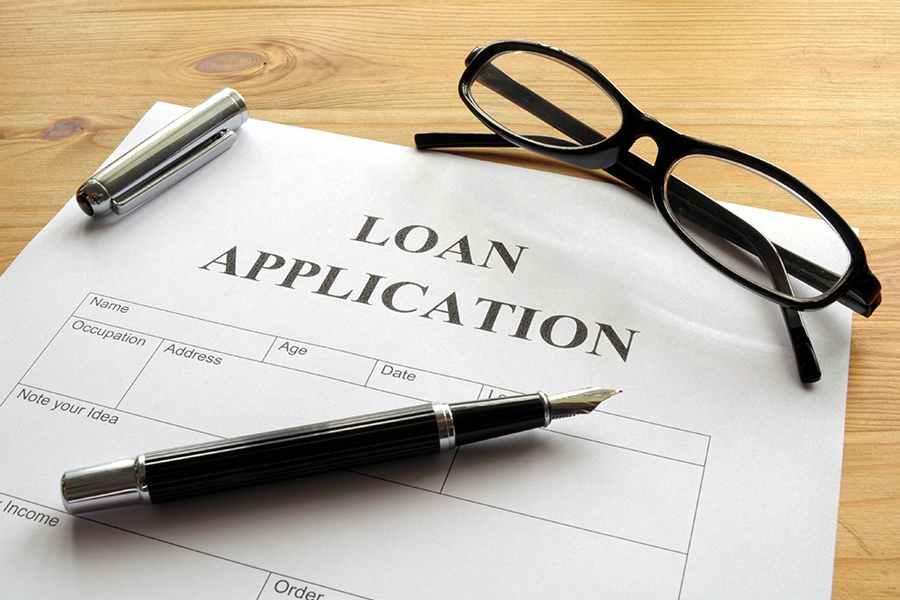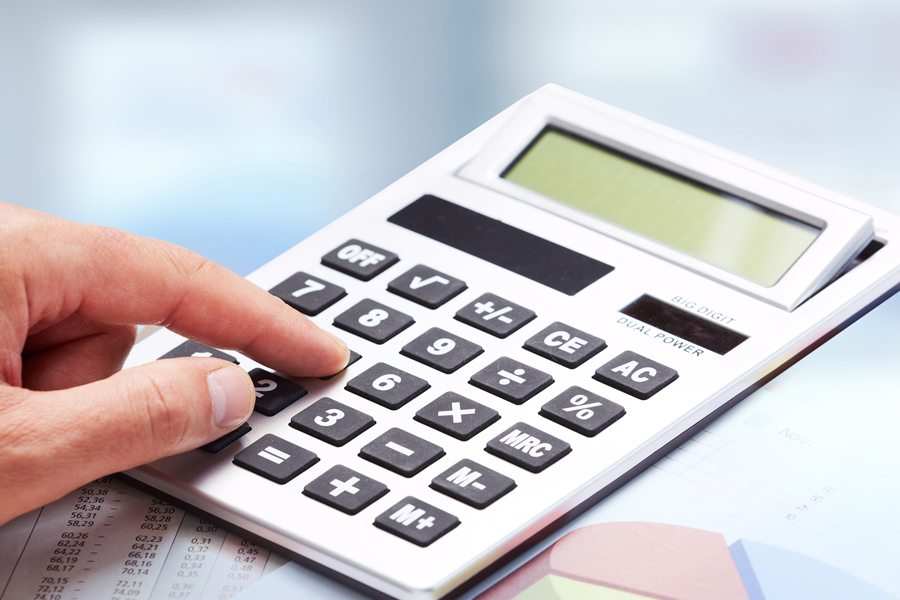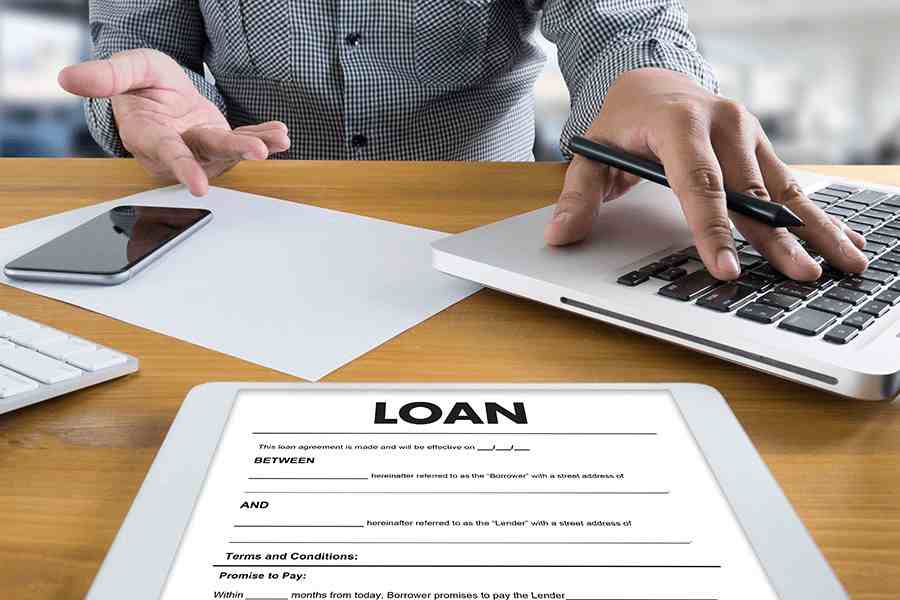One of the many financing options offered by the Small Business Administration (SBA) is its microloan program. SBA microloans offer up to $50,000 in funding and are designed to help small businesses and certain not-for-profit childcare centers. Startups are eligible, and funds can be used for almost any business-related expense that helps the company grow.
SBA microloans are not issued through the SBA directly. Instead, you’ll need to find a private lender that offers this program. Because of this, you will find that the exact rates, terms, and qualification requirements may vary.
SBA Microloan Rates & Terms
Interest Rate | Typically 8% to 13% |
|---|---|
Loan Amount | Up to $50,000 (average of approximately $13,000) |
Loan Term | No more than six years |
Closing Costs & Fees | Typically up to 3% of the loan amount, plus lender-specific fees |
Funding Speed | Generally 30 days, but varies by lender |
When it comes to interest rates and loan terms, the SBA sets limitations on certain items, leaving others up to individual lenders. Loan amounts, for instance, can vary by lender but have a set maximum of $50,000. Similarly, the SBA sets a maximum of six years for loan terms, but individual lenders may offer a shorter loan term.
While it may be challenging to determine the terms you’ll get without applying, you should at least determine if the minimum or maximum amounts possible for an SBA microloan will be sufficient for your needs before moving on to the next step. It’s also important to check that the rates and terms do not negatively impact your company’s cash flow.
If an SBA microloan is not right for you, we also have a guide discussing other types of SBA loans that could be better suited for your business.
Qualification Requirements for SBA Microloans
Business Type | For-profit and certain not-for-profit childcare centers |
|---|---|
Credit Score | Varies by lender; 620-plus is recommended |
Time in Business | 0 to 2 years |
Annual Revenue | Varies by lender, may require proof of positive cash flow |
Debt Service Coverage Ratio (DSCR) | Varies by lender, but 1.25× is recommended |
Personal Guarantee | Generally required from all business owners |
Collateral | May be required |
Many qualification requirements for an SBA microloan will vary among different lenders. As a result, you shouldn’t be discouraged if told you’re ineligible. In addition to the typical criteria listed above, here are some additional details to be aware of:
- Business type: To be eligible for an SBA microloan, you’ll need to be considered a for-profit company that meets the definition of a small business. You can use the SBA’s size standards tool to help in this determination. Certain not-for-profit childcare centers are also eligible.
- Credit score: Your personal and business credit score may both be reviewed depending on the lender you choose. Exact requirements will vary among lenders, but we recommend having a personal credit score of at least 620. For business credit, many lenders look at the FICO Small Business Scoring Service. Here, a score of 160 or higher will give you good approval odds.
- Time in business: SBA microloans can have more flexible qualification requirements since they’re designed to help underserved businesses. As a result, companies with fewer than two years’ time in business should have an easier time getting approved, but business owners should be aware that lenders may require a significant amount of documentation for the company’s credit and finances.
- Annual revenue: Some lenders may require a minimum dollar amount for revenue, while others may only need your business to demonstrate profitability and positive cash flow.
- DSCR: DSCR measures your company’s ability to repay debt. It is one of several factors that can be used to determine the health of your business finances. You can calculate it by taking your annual net operating income and dividing it by your current year’s obligations. Alternatively, you can use our DSCR calculator.
- Personal guarantee: By agreeing to a personal guarantee, you will be held personally liable if your business is unable to pay its debts. A personal guarantee reduces a lender’s risk of issuing you a loan because it gives it an additional route to recoup any potential financial losses if you default.
- Collateral: Some lenders may require you to pledge collateral as a condition for getting a loan. Doing so gives the lender the right to take possession of the collateral in the event of a default.
SBA Microloan Pros & Cons
| PROS | CONS |
|---|---|
| It is typically easier for startups to get approved. | It has a small maximum funding amount of $50,000. |
| Funding speeds are generally faster than other SBA loans. | Eligibility criteria vary from lender to lender. |
| Interest rates are often more competitive than other loan programs. | Funding speeds are usually slow compared with non-SBA loans. |
- Easier for startups to qualify: SBA microloans are specifically geared toward businesses looking to start up and expand. As a result, many lenders will have more flexible qualification requirements for things like credit score, revenue, and time in business. See our guide on other common SBA loan requirements to learn more.
- Faster SBA funding speed: SBA microloans can often be funded more quickly than its other loan programs. For example, a funding speed of 30 days is typical for an SBA microloan, whereas SBA 7(a) and SBA 504 loans may take 60 to 90 days or more.
- Competitive interest rates: SBA loans can offer some of the most competitive rates on the market. This is largely because these loans are insured by the US government, offering lenders some protection in the event a borrower defaults. As a result of the reduced risk of financial loss to lenders, they can usually offer better rates than traditional non-SBA financing options.
- Small funding amount: SBA microloans have a maximum funding amount of $50,000, with an average of around $13,000 per loan. It’s common for other types of traditional business loans, by comparison, to offer in excess of $1 million in funding. These loans can include equipment financing, working capital loans, and business lines of credit.
- Varying eligibility criteria: On top of the general qualification requirements for all SBA loans, a lender can establish its own additional requirements. As a result, you may not know if you qualify until after you apply with a specific lender. Common requirements that a lender can establish include minimums for credit scores, revenue earned, time in business, and financial reserves.
- Slow funding speeds: If you need funding quickly, then an SBA microloan may not be right for you. After you submit a loan application with a lender, it usually takes around 30 days before you’ll have access to funds. Unforeseen circumstances could add to this timeframe, such as if the lender is short-staffed or has a high volume of other loan applications.
Who Should Consider an SBA Microloan
If you meet the qualification requirements, we’ve outlined several scenarios that could indicate that an SBA microloan is well-suited for your business.
You don’t need a large amount of funding
Although SBA microloans have a maximum funding amount of $50,000, the SBA states that the average is approximately $13,000.
Before accepting any loan offer from a lender, ensure that the amount you’ve been approved for is sufficient to help you meet your business goals. Getting an insufficient amount of funding could leave you unable to fully fund a particular project, which can be costly as it may not allow you to realize the return on investment you may have initially forecasted.
You will not be using funds to acquire real estate or pay debts
SBA microloans can be used for nearly any business-related purpose, but two of the few prohibited uses are to purchase real estate and to pay existing debts.
Otherwise, SBA microloans can be used to improve, enhance, repair, or rebuild your business. Common allowable uses include the following:
- Working capital
- Inventory
- Supplies
- Furniture
- Fixtures
- Machinery
- Equipment
You have no urgent need for funds
From the time you submit a loan application, SBA microloans can take upwards of 30 days to get funded. This can depend on the lender you choose and the complexity of your company’s credit and finances. To account for unforeseen delays, we recommend that you ensure you can go at least 90 days without additional funding.
How to Apply for an SBA Microloan
Step 1: Find a Lender
To get an SBA microloan, you must find an authorized intermediary lender that participates in the program. You can use the SBA’s list of participating lenders. Given the number of choices you may have, we’ve also provided some tips on how to choose a lender.
What to Consider When Choosing a Lender
The lender you select can have a large impact on your overall loan experience. It can affect whether you get funding, how long it will take, how much documentation is required, and what your experience will be once your loan is funded. Here are some additional items to consider in picking a lender:
- Rates and terms offered: The rates and terms offered by a lender will have a significant impact on your company’s credit and finances. As a result, you’ll want to ensure that you can afford the loan payments and that it will not adversely impact your cash flow.
- Flexibility of qualification requirements: In addition to a lender’s eligibility criteria, its ability and willingness to issue policy exceptions can help you get approved if you happen to fall short in one category but can demonstrate other compensating factors.
- Lender’s experience with SBA loans: Lenders that regularly deal with SBA loans can not only fund more quickly but may also be able to provide you with a more streamlined and stress-free approval process.
- Locations and ability to visit a physical branch: Some lenders have a larger physical footprint. If you prefer to conduct business at a physical branch, be sure to check its closest locations to you. Alternatively, if you prefer to conduct business online, you may want to ask about the capabilities of its online platform for things like uploading documents, getting customer support, and managing your account online.
- Hours of operation: A lender’s hours of operation can impact how quickly you receive service in the event that you have a question or concern about your account.
- Customer reviews and ratings: Seeing how a lender has been rated by current or former borrowers can give you insight into what type of experience you can expect.
- Other loans and services offered: If you prefer to have multiple services with the same lender, you can check to see if it offers any complementary products or services that can help your business. Some examples can include other types of loans and financial planning services.
Step 2: Complete an SBA Microloan Application & Prepare Required Documentation
Once you’ve found a lender, you’ll need to submit a formal SBA microloan application. Before you do this, you may want to check when the lender will conduct a hard pull of your credit or if you will be obligated to pay any application or origination fees if you decide not to accept a loan offer.
As part of the application process, lenders will commonly request a number of credit and financial documents. While this can vary based on the lender you choose, the loan terms you’re requesting, and the specific circumstances of your business, below is a list of commonly requested items. Preparing these ahead of time can expedite your loan approval:
- Personal and business tax returns (past 3 years)
- Business bank statements (past 6 to 12 months)
- Balance sheet
- Profit and loss statements
- Business licenses and professional certifications
- Business plan
Step 3: Review & Accept Loan Terms
After you’ve applied and provided the lender with all of the documents it has requested, you’ll either be approved or denied for the loan. If approved, you should review all of the loan terms to ensure it’s what you’ve requested. At a minimum, we recommend double-checking the following items:
- Interest rate (including fixed vs variable rates)
- Minimum payment amounts
- Repayment term
- Payment due dates and applicable grace periods
- Loan fees (such as prepayment penalties or late fees)
SBA Microloan Alternatives
If you are unable to get an SBA microloan or need funding more quickly, be sure to check out our tips on how to get a small business loan. There, we go through the typical loan process and provide insights into how lenders evaluate your application, something that can help improve your odds of getting approved more quickly.
If you are unsure whether an SBA microloan is right for you, here are some alternative funding options to consider:
- Personal loan for business purposes: If you are unable to get an SBA microloan as a result of your business credit or finances, you should consider a personal loan for business purposes, which places a larger emphasis on your personal credit rather than that of your company. Check out our top personal loans for business funding.
- Small business credit card: Many small business credit cards have more flexible requirements when it comes to things like time in business, revenue, and business credit scores. This is especially true for those that require a personal guarantee. See our guide to the leading small business credit cards.
- Small business line of credit: Many providers of small business line of credit can issue funding to newer companies, those with lower revenue figures, and businesses with bad credit. Head over to our list of the best small business lines of credit for options.
Frequently Asked Questions (FAQs)
An SBA microloan provides up to $50,000 in funding for small businesses and not-for-profit childcare centers. Funds can be used to start or expand the company but cannot be used to purchase real estate and pay existing debts.
With few exceptions, your company must operate in the US as a for-profit small business. You must also demonstrate the ability to repay debt, be creditworthy, have exhausted all other financing options, and have a sound business purpose. Individual lenders may have varying requirements for things like credit scores, time in business, and revenue.
SBA microloans can generally be funded within 30 days. However, this can vary based on the lender and complexity of your business.
Bottom Line
If you are a for-profit small business or not-for-profit childcare center, an SBA microloan can provide up to $50,000 in funding. Funds can be used to start or expand the business. This can include costs associated with enhancing, improving, or repairing business-related items.
SBA microloans can be obtained from private lenders. If you decide to get an SBA microloan, we recommend shopping rates with multiple lenders as each can have varying rates and qualification requirements.


